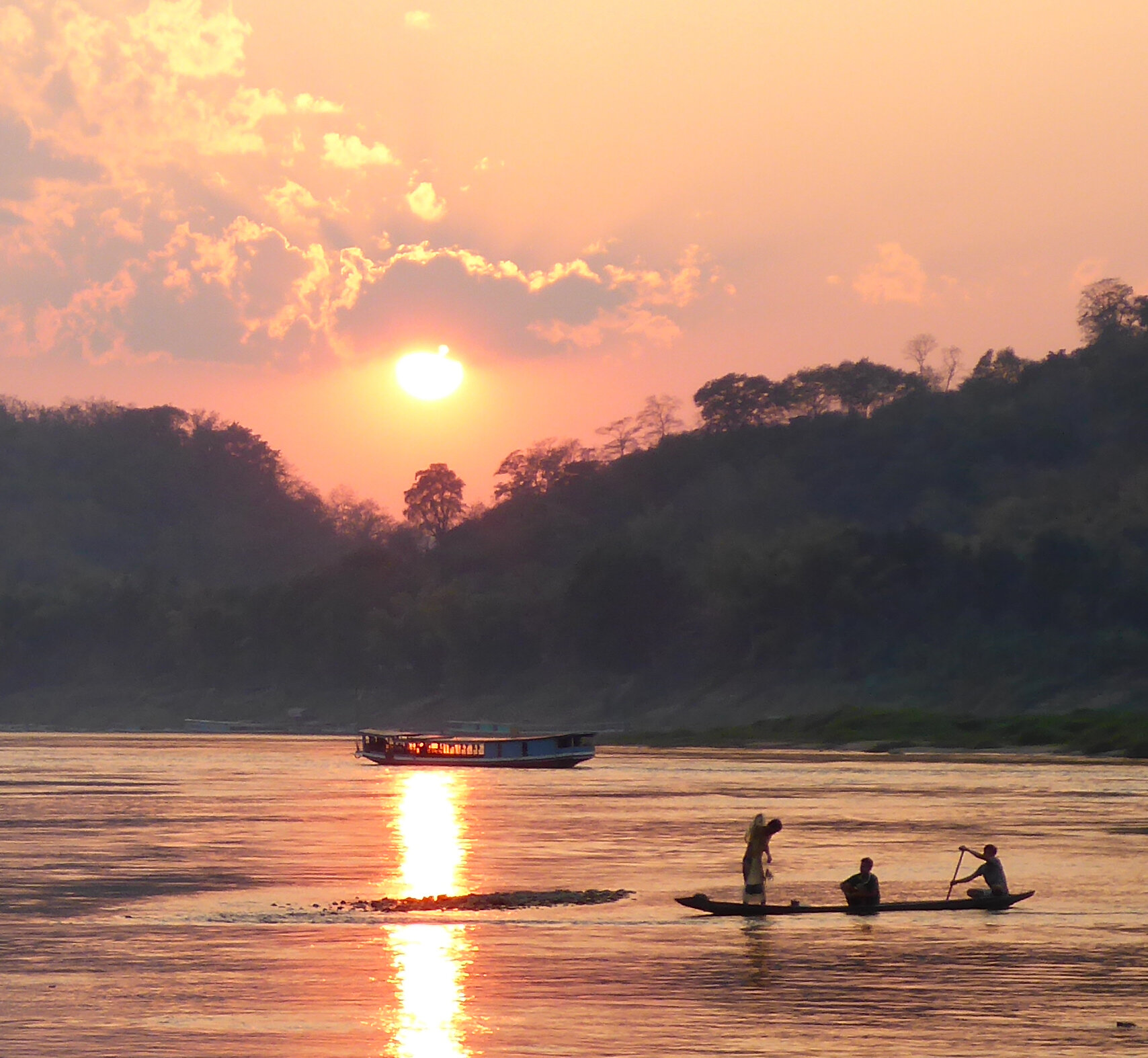REPORT: Development of Waterfront Community Sustainable Tourism Program in Bangkok Suburban Area: Participation Process, Peace Identity and Environmental Design
/Publication date: June 2023
Publication: Development of Waterfront Community Sustainable Tourism Program in Bangkok Suburban Area: Participation Process, Peace Identity and Environmrntal Design
Researchers: Dr. Thanapan Laiprakobsup - Researcher and Project Leader, Dr. Narongpon Laiprakobsup - Researcher, Ms. Kornkanok Wimolnimit - Research Assistant, Mr. Paratkorn IntraraKamhang - Research Assistant
Download the report here.
Abstract: Economic and social changes have happened in Bangkok’s suburban areas. Expansion of urbancommunities have affected environment and people’s life in local communities in that the people in the local communities and those in urban communities have become estranged. Once people have become estranged, the relationship is distant. In other words, people in Bangkok suburb live separately with less empathy. Empathy in preserving local environment has vaporized. Therefore, it is not strange that environment in Bangkok suburb has been extremely polluted, and such pollution has negatively affected local people in local communities.
Bang Phai waterfront community on Khlong Om Non at Nonthaburi province is the example of local communities in Bangkok suburb which represents changes in community settlement and fuzzy memories on local culture due to economic and social development. Previously, waterfront communities were significant as rice paddy field and fertile fruit gardens having produced food for Bangkok markets. Waterfront communities were significant as the transportation route transiting local people and commodities to outside world. Currently, waterfront communities have been structurally and socially shrunk while local people have tried to adjust themselves to changing economic and social development with limited agricultural capitals which are agricultural product processing and local sightseeing tour delivery.
This research project wants to connect local and urban with local communities by exploring community identity for waterfront communities in suburban areas in order to support public space for meaningful local recreation based on local participation. It proposes that building relationship and bond between local and urban people needs to understand the identity of waterfront communities in terms of physicality and culture and understanding dynamic of waterfront communities under changing contexts. Therefore, local community development needs to depend upon understanding community identity, changes in people, and local participation.
Researchers analyze Khlong Bang Phai waterfront community at Khlong Om Non. The scope of area study ranges from Wat (temple) Mo Lee to Khlong Bang Phai and from Wat Bang Praek to Bang Rak Yai Municipality Administration. For collecting data, the researchers use surveying the community by car and boat, talking to local people, investigating previous research on local community history, architecture, waterfront community development in Bangkok suburb, and photo analyses, participant observation as tourists, and non-participant observation. For analyzing data, Strength, Weakness, Opportunity, and Threat (SWOT) is employed. It is found that the community is strong at multi-cultural heritages, closeness to waterfront, and fruit gardens that several fruits are registered as geographical indicator (GI). However, the community’s weakness includes elderly community, difficulty to access to community due to devious road, unclean and polluted environment and canal at tourist spots, and unattractive sight-seeing program. For opportunity, the community could be benefited from local tourism trend among Thai and foreign tourists and trend of consuming organic fruit. However, expansion of urban communities such as residence divisions and condominium and migration of local people according to selling land property can affect the local community to shrink in the long run.
The researchers propose that local tourist program for Khlong Bang Phai community extend tourist spots beyond the community’s tourist spots in order to make tourists more understanding about the community’s identity connecting to economic and social contexts. The proposed local tourist program starts from Khlong Om Non’s entrance to old Bang Yai market. The program proposes the activities for local tourists along the way to the market such as visiting temples and organic fruit gardens. Furthermore, the research proposes to develop public space at Wat Mo Lee which helps supporting the local tourist program, building recreation area for local people, tourists, and urban residents, and facilitating social bonds among local people, tourists, and urban residents.
Please contact Dr. Thanapan Laiprakobsup for more information.









